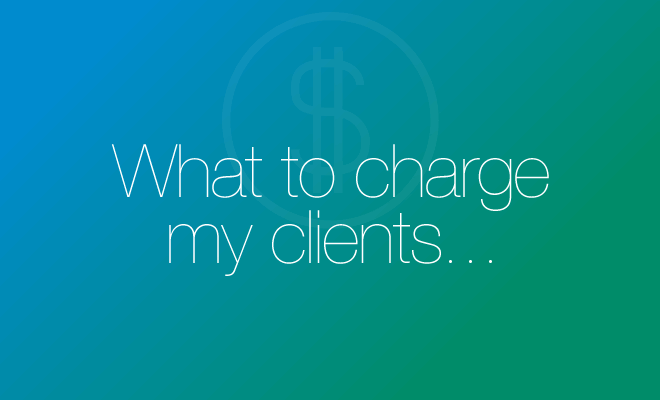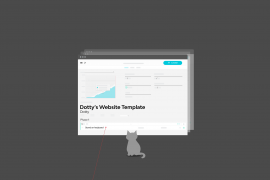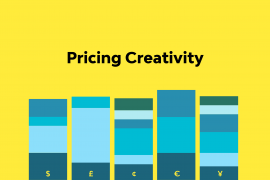
The rate you charge your clients is the most important calculation you can make for your business, as it plays a key role in your company’s profitability. At the recent Jacky Winter Gives You The Business seminar in Sydney, Linda Jukic, Creative Director at Hulsbosch talked through the key factors to consider when determining your hourly rate.
Step 1 – Calculation
You should start by working out the initial calculation. According to Linda, there are four aspects to take into consideration when working out your hourly rate.
• Labour Costs – salary, super/pension, annual leave, public holidays
• Statutory – payroll taxes, workers compensation, insurance
• Overheads – space, equipment, utilities, materials
• Profit Margins – margin, gain, return
Step 2 – Variation
Once you have worked out the initial calculation, there are a lot of variations to consider. For example, you shouldn’t have one standard rate.
If you have different levels of expertise in your business, don’t charge the same rate for them. Charging out a senior designer at the same rate as a junior, undermines the senior’s experience and talent. Similarly, if you charge a junior out at senior rates, there’s a high probability that the junior will take longer to do the work, therefore potentially taking you over your budgeted hours.
The same principle applies for standard work versus rush jobs. If a client briefs you in the appropriate time frame, then charge them your standard rate. If they expect you to drop everything and turn something around in a near impossible time frame, then you should charge a higher fee or rush rate. This isn’t just compensating you for the potential overtime or the extra staff that may be required to complete the work on short notice, this is also a way to educate your client. Let them know if they want it done fast, then they have to pay a premium. That way they will only ask for rush work in an emergency, and when they do, you will be compensated accordingly.
You should also consider charging different rates for concepts versus corrections. Concepts are your creative ideas and the reason the client has hired you, so you should charge accordingly. So if you charge the same rate for an award winning concept and a small change to some text, the client won’t differentiate between the two. While corrections should definitely be charged for, they should be charged at a lower rate, again educating your clients on the value of the idea.
Other variables to consider when determining your charge out rate:
• Frequency of work
• Length of contract
• Reliability of payments
If a client gives you a lot of work, a lengthy contract or they simply pay their bills on time, that could also be an incentive to reward them with a reduced rate.
Step 3 – Evaluation
Once you have your calculation and you’ve taken into consideration the variations, it’s now time to evaluate. Linda says when evaluating your hourly rate it’s important to think about:
• Who is your audience? – size, scale, standing
• How do you compare? – budget, mid, premium
• What’s your worth? – experience, expertise, effectiveness
When you present a client with your idea and they buy into that idea, that’s where your true value lies. So consider your audience, how you compare and your level of experience and expertise when calculating your rate.
Step 4 – Reconciliation
The final thing to consider is reconciliation. Linda says, “it’s really important to keep timesheets”, and we couldn’t agree more. Timesheets are the foundation to reconciling your hourly rate. You should be tracking your jobs, keeping an eye on estimated time versus actual time and making sure you invoice the time accordingly.
While it’s important that you have value based pricing ($ = Time + Value), Linda’s final bit of advice when working out your charge out rate is, “don’t take advantage, people do talk and it becomes quite apparent that you’re at a higher markup.”
It’s also important to remember, once you have worked out your rates, that you agree to the terms of those rates, especially regarding the number of hours required to do the work.
If you have value based pricing and you manage your client’s expectations, you will have the winning formula for a successful business!







